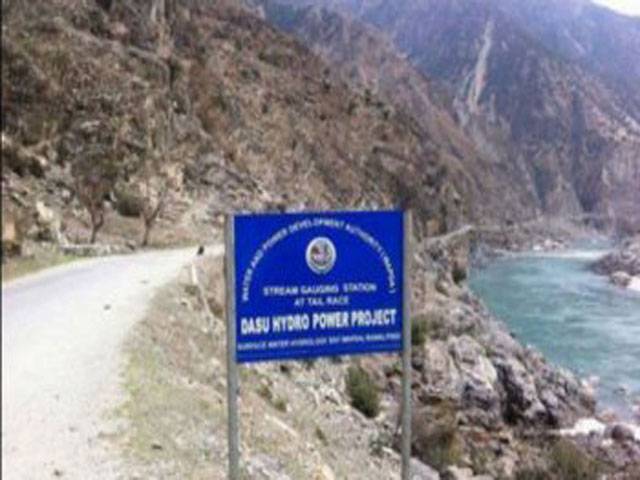Pakistan is in grip of energy crisis and feels draught like situation. The previous governments didn’t pay much heed to this problem and ultimately the problem became severe to more severe every year.
In 2013, when PML-N came to power it vowed to resolve the crisis. In power generation, hydro power projects are the cheapest source. Pakistan has this capacity up to 50,000MWs, which is far more than our total requirement.
At the time we are harnessing not even half of this capacity. Building a new mega dam adds 4 to 5 percent to Pakistan’s GDP – that means one dam will increase 110 billion dollar to 115 billion dollar.
Hydro electricity is the cheapest, cleanest, and most efficient source of power known to humans. It is the only long-term solution to Pakistanis’ insatiable and growing appetite for cheap electricity. The government is taking many of the right steps to develop these resources.
According to reports, the country is facing a shortage of up to 8,000MW, which leads to power cuts for hours in several parts. The government has been working hard to overcome this shortfall started many electricity generation projects. During all this time it has been keenly working for optimal utilisation of hydropower resources for generating low-cost electricity.
Dasu Hydropower Project is a manifestation of this commitment. The government recently gave two contracts of building Dasu dam to Chinese firm China Gezhouba Group Company (CGGC).
This is a herald of a new era of cheap electricity generation and availability of water for agriculture. Dasu dam is located 7 km north of Dasu town in Kohistan district of Khyber Pakhtunkhwa and 350 km north of Islamabad.
The site is 74 km downstream of proposed Diamer Basha Dam Project site. The total height of this dam is 242m. Its gross storage capacity would be 1410 million m³ while the live storage capacity would be 820 million m³.
These contracts worth Rs180 billion are for the main dam. The projects will be completed in two stages.
This first stage of the project will be completed in 2021 under the contract and would generate 2,160MW of electricity.
The second phase of the project would also be capable of generating 2,160MW but this will obviously not take such a long time given the fact that the main dam would already be available and the second stage would involve only building a power house. The World Bank is partially providing funds for the construction of stage-I of the project, while a major chunk is being arranged by Wapda from its own resources.
Once the dam is built its benefits are far reaching. The dam will not only add electricity to the national grid, but it will also change the lot of this region.
The very first benefit is of this project is that it will generate employment opportunities for the locals during the construction and operation of the dam. It will further lead to the massive infrastructure development in the area, and resultantly to the uplift of people of the area.
The availability of water will further promote agriculture. It will turn the barren land into fertile fields. Controlled rivers and canals will be possible. More and more land will come under cultivation and will be another source of uplifting the lot of people.
Implementation of clean drinking water is only possible with availability of water. With this dam it will also open ways for providing clean drinking water for the population. Industrial development is essential for economic development of the country and with availability of electricity the industry will flourish in the area. It will provide cheap electricity to the towns and villages.
By building big dams our dependence on thermal power will decrease which will ultimately save our foreign exchange. Millions of people affected by floods every year causing loss of life and property. Boiling dams prevents floods and save lives and properties of people.
We haven’t built any even a single big dam in the last three decade. Building Dasu Hydropower Project is major step of this government. It is a manifestation of government’s commitment to end load-shedding in Pakistan. It would help to bridge the power shortfall and would be proved a milestone especially for the advancement, and prosperity of entire Kohistan district together with its peoples. The rapid completion of the project is in the best national interest.






